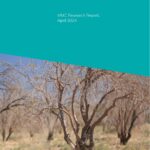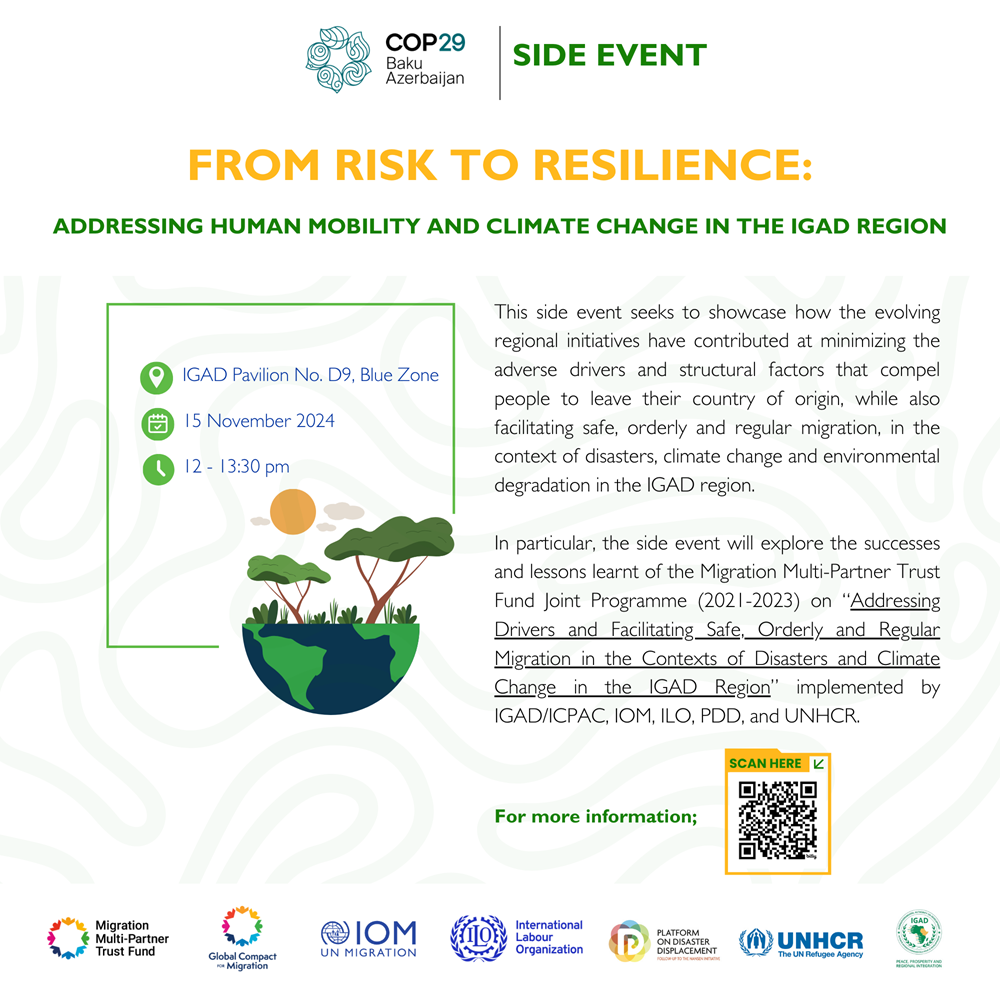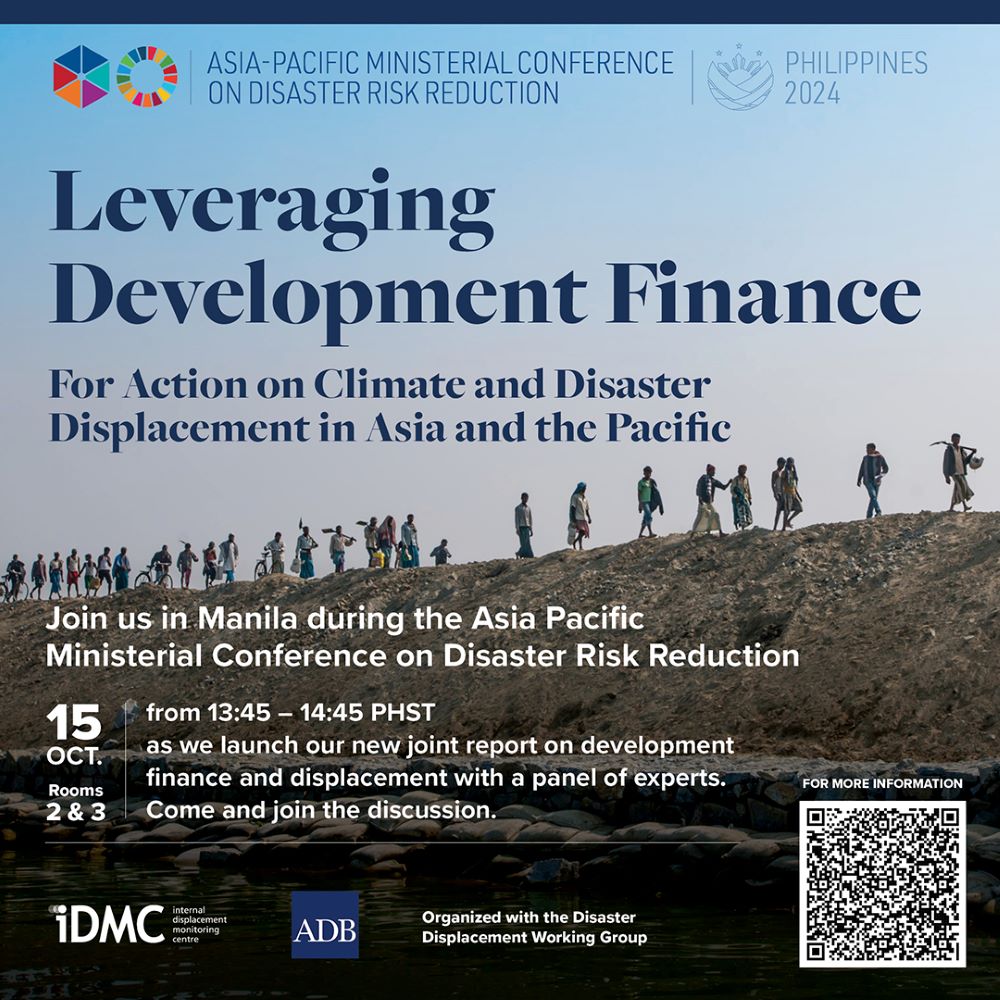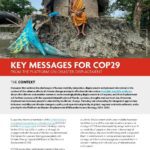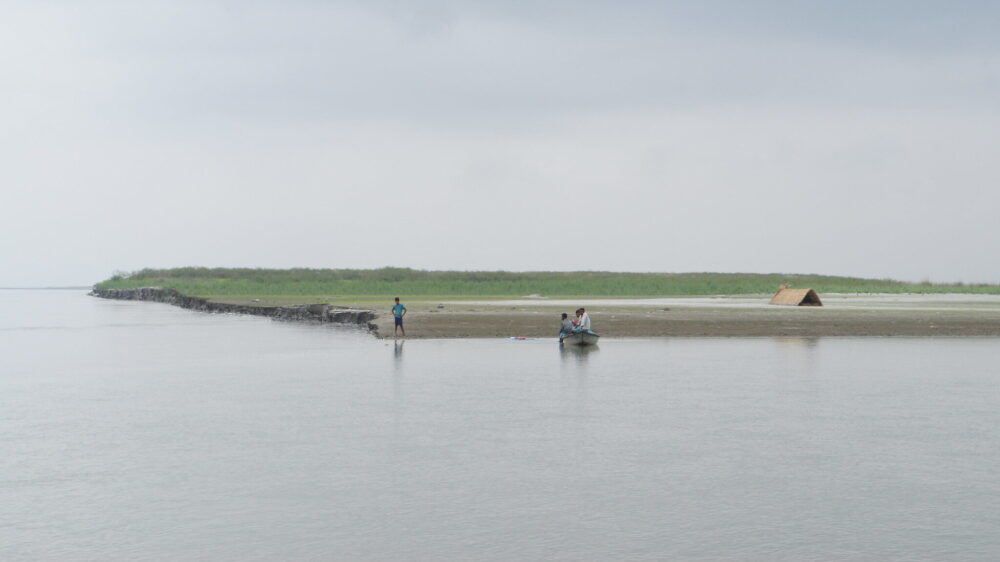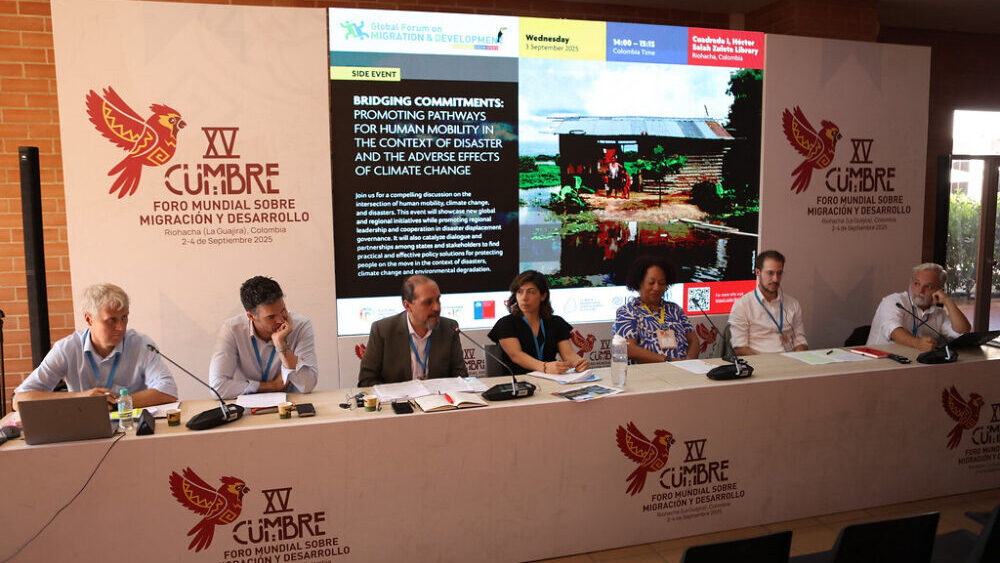From Risk to Resilience: Addressing Human Mobility and Climate Change in the IGAD Region – Side Event at COP29
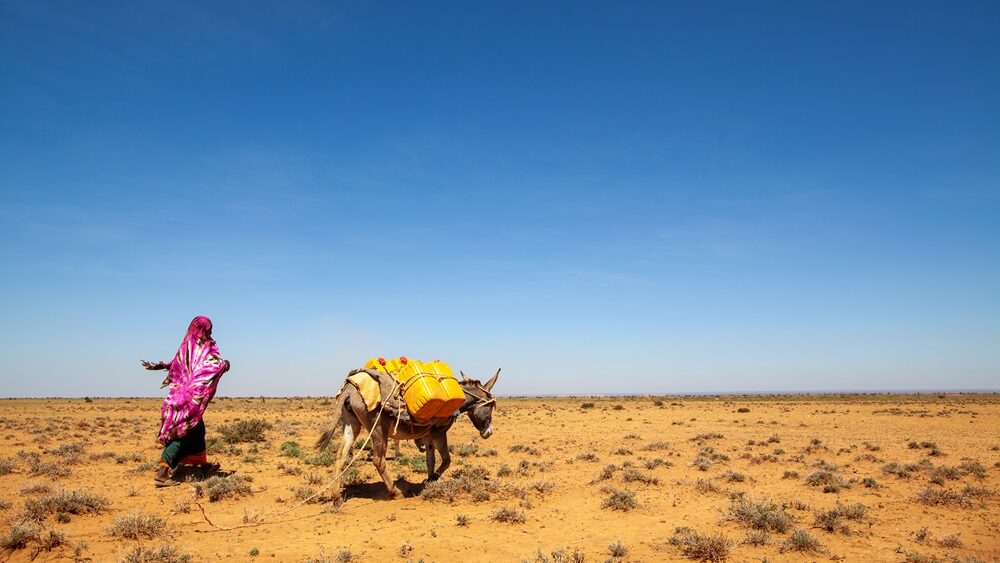
At the occasion of the 2024 United Nations Climate Change Conference (COP29), IGAD, Member States, the International Organization for Migration (IOM), the International Labour Organization (ILO), the Office of the United Nations High Commissioner for Refugees (UNHCR) and the Platform on Disaster Displacement (PDD) are pleased to invite you to our side event entitled “From Risk to Resilience: Addressing Human Mobility and Climate Change in the IGAD Region” that will take place on 15 November 2024 from 12:00-13:30 at IGAD Pavilion, Blue Zone, Baku Stadium, Baku, Azerbaijan.
Background
The Intergovernmental Authority on Development (IGAD) region is considered one of the most vulnerable to climate variability and change and two thirds of the region are arid or semi-arid. The different forms of human mobility to, from, and within the IGAD region reflect the range of complex drivers and structural factors that can compel people to leave their places of origin. The region regularly faces a wide range of natural hazards, most commonly severe episodes of droughts and floods, but also landslides, earthquakes, and tropical cyclones, as well as slow-onset climate change effects, such as severe and recurrent droughts, desertification, and environmental degradation.
Disasters linked to natural hazards, and the adverse effects of climate change are amongst the most important and overlapping drivers of human mobility. Movements range from temporary to long-term and from internal to cross-border. Rural-urban migration is projected to grow and labour and seasonal migration are likely to be intensified due to the growing intensity of climate impacts and other factors such as socio-economic disparities. While some people choose to move, others move because they have no other choice, as moving away from a disaster zone can be lifesaving. However, for many more, especially those in vulnerable and socially marginalized groups, migrating will not be an option because it requires opportunities as well as economic and other resources that they do not have. Considering the projected population growth, with continued environmental change and degradation, and an increase in the frequency and/or intensity of disasters associated with climate change, it is anticipated that the number of people migrating and at risk of displacement will increase.
The side event seeks to showcase how the evolving regional initiatives have contributed at minimizing the adverse drivers and structural factors that compel people to leave their country of origin, while also facilitating safe, orderly and regular migration, in the context of disasters, climate change and environmental degradation in the IGAD region. As mobility patterns are reshaped in the context of climate change, shared experiences and mutual interests of States can incentivize decisive action at policy level. Such emerging initiatives must be complemented by existing fields of regional collaboration.
In particular, the side event will explore the successes and lessons learnt of the Multi-Partner Trust Fund Joint Programme (2021-2023) on “Addressing Drivers and Facilitating Safe, Orderly and Regular Migration in the Contexts of Disasters and Climate Change in the IGAD Region” implemented by IGAD/ICPAC, IOM, ILO, PDD, and UNHCR. The first phase of the joint programme concentrated on improving evidence for early warning, fostering inclusive and coherent policy approaches to enhance regular migration pathways, improving access to sustainable livelihoods, green jobs and entrepreneurship opportunities, and developing new policy and operational tools relevant to addressing human mobility challenges and opportunities in disaster and climate change contexts in the IGAD region. This allowed for a deeper understanding of the complexities of human mobility in the context of disasters and climate change and proved the effectiveness of integrative strategies in preparing for and responding to human mobility challenges and advancing the opportunities in disaster and climate change contexts.
The programme has offered proof of concept for programming related to migration, disasters, and climate change in the IGAD region. Many of the activities show promise for scaling up if future interventions incorporate lessons learnt and best practices from this experience. There is also a strong demand from Governments and Regional Economic Communities (RECs) to build on and replicate these approaches across the region to further support communities through regular migration and reduced displacement risk in the context of climate change, environmental degradation and disasters. While at the same time, climate resilience demands resources and financing, the landscape of financing is intricate and fragmented. Different sources – climate, development, and humanitarian – exist, yet they remain isolated and unaligned. We must address these gaps and inefficiencies head-on.
Objectives
The purpose of the event is to foster a comprehensive understanding of the challenges and opportunities related to integrating human mobility and climate change considerations into policies and protection frameworks within the IGAD region. The event aims to sensitize global dialogue under the UNFCCC on the importance of advancing regional programming to reduce displacement risks and promote regular migration pathways. Furthermore, it seeks to strengthen actionable commitments from key stakeholders to reinforce partnerships, mobilize funding for current and future initiatives, and guide future efforts through financial pledges, policy endorsements, and resource allocations. The event will also reflect on the importance of aligning such programming with States’ commitments under the Global Compact for Migration (GCM), Global Compact for Refugees (GCR), the Paris Agreement, Kampala Convention (article V/4) and other UNFCCC-related processes.
Cover photo: UNDP Climate

